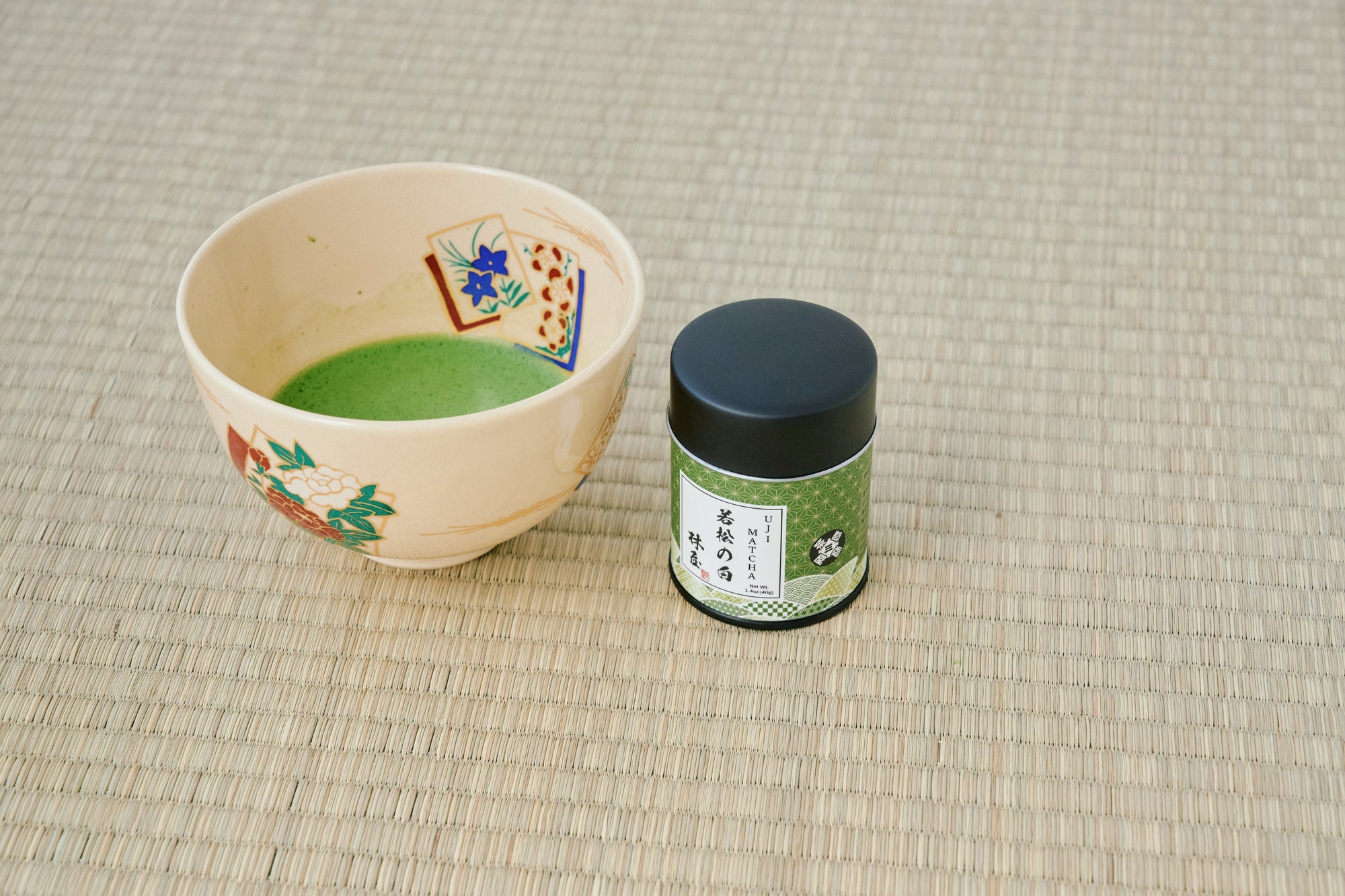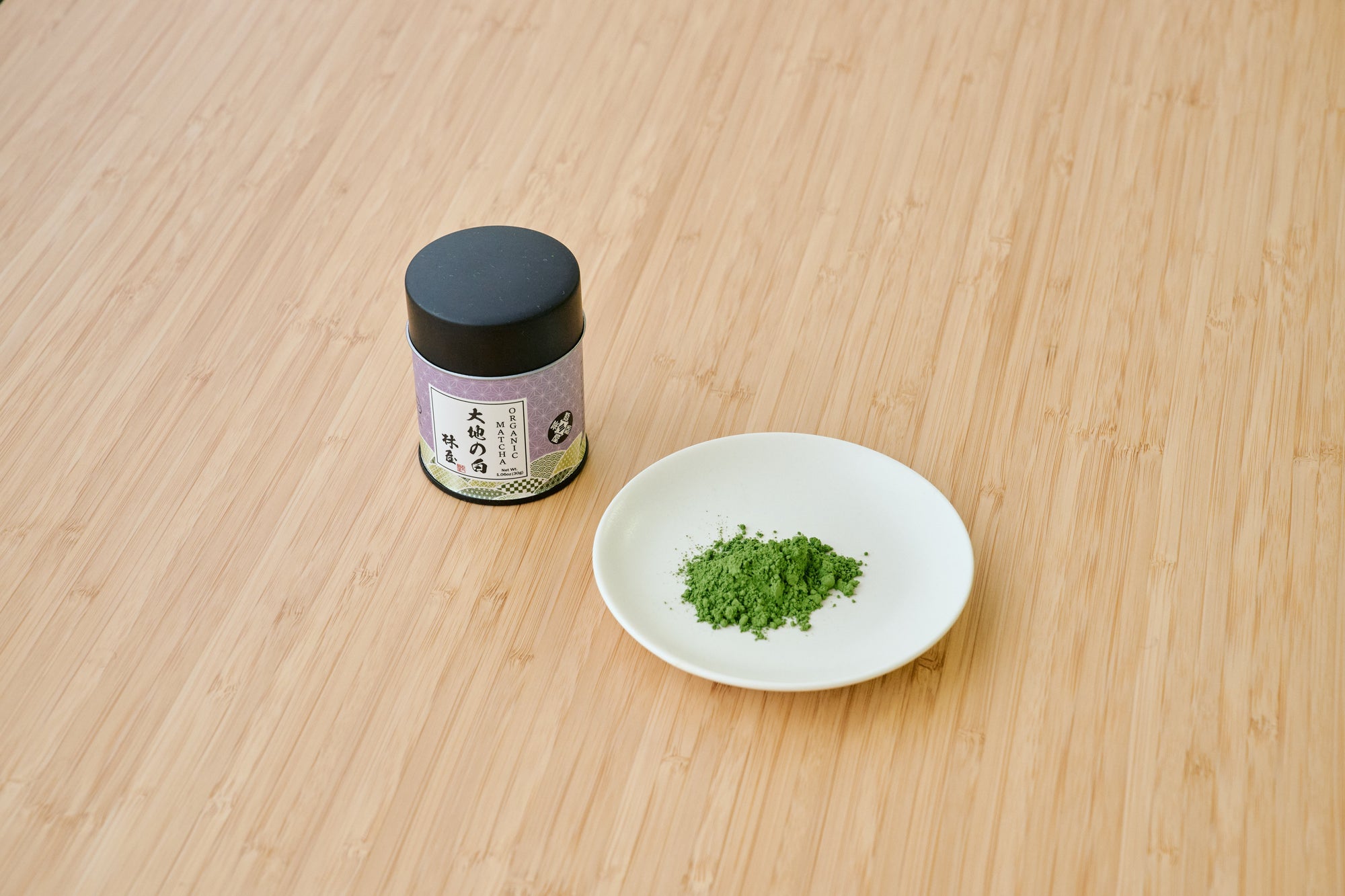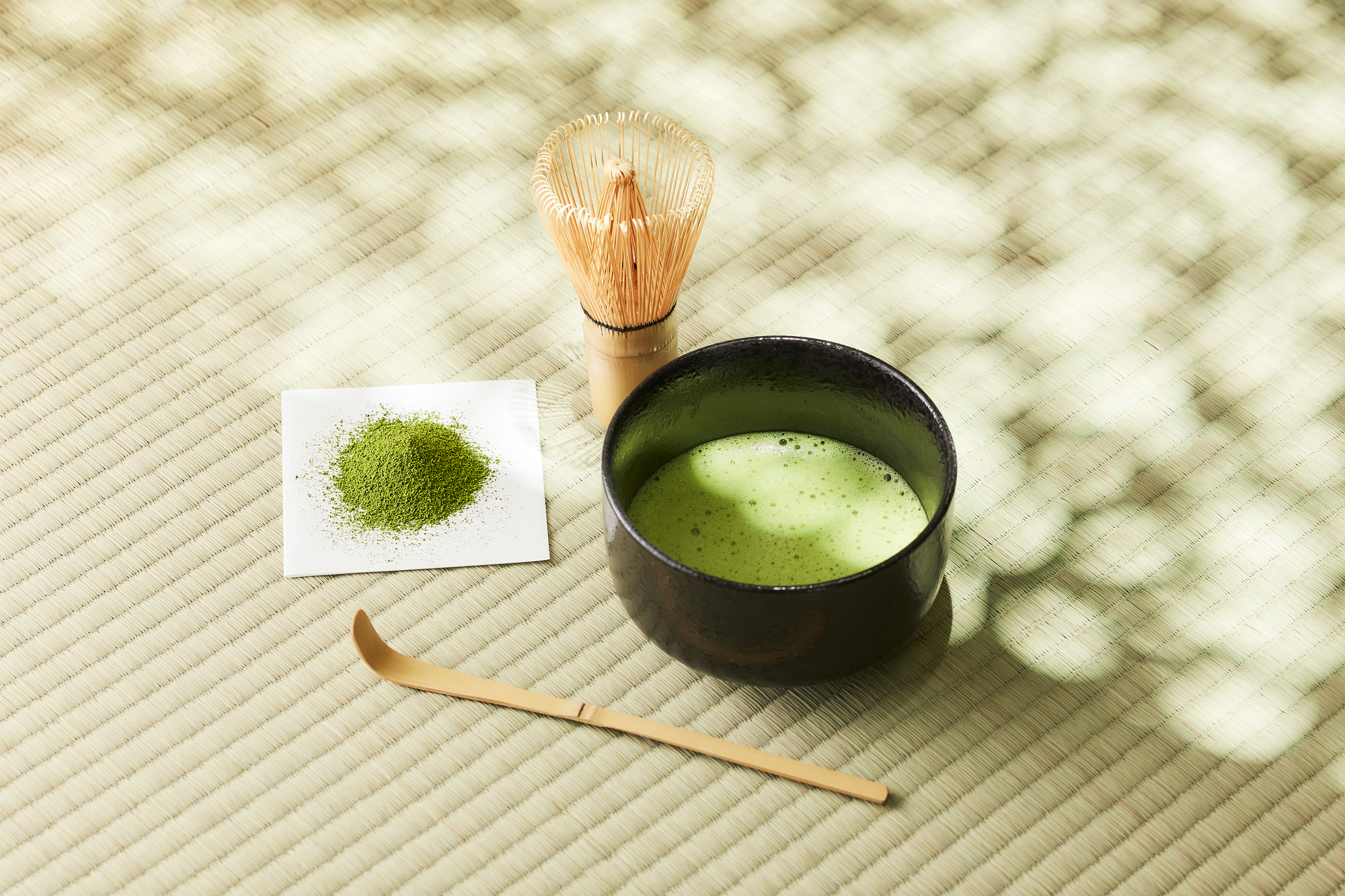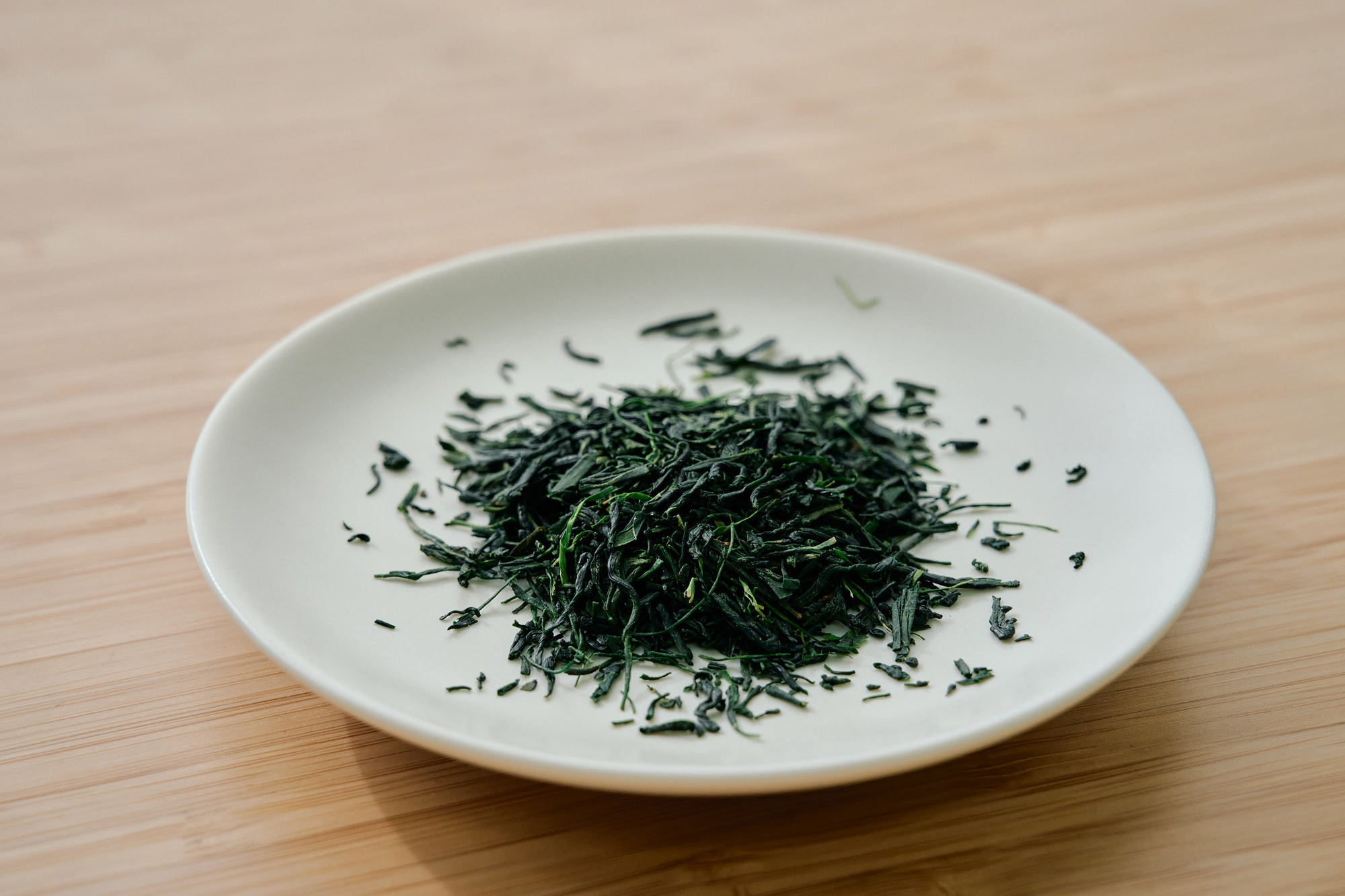The Three Main Families of Matcha Tea Cultivars
Matcha tea cultivars can be broadly categorized into three main families, each with its own unique characteristics and origins. Understanding these families can help tea enthusiasts appreciate the nuances of different matcha varieties:
- Uji Cultivar Family: Also derived from Uji native cultivars
- Samidori
- Asahi
- Komakage
- Gokou
- Ujihikari
- Yabukita Family: Originated from Shizuoka native cultivars
- Yabukita
- Sayamakaori
- Kanayamidori
- Okumidori
- Asatsuyu Family: Developed from Uji native cultivars
- Asatsuyu
- Yutakamidori
- Saemidori
Kyoto's Unique Position in Matcha Cultivation
Kyoto stands out among matcha-producing regions due to its wide variety of cultivars. This diversity is largely attributed to the numerous Uji cultivars developed and grown in the area. Uji cultivars are particularly well-suited for producing high-quality tencha (the base for matcha) and gyokuro teas.
Recent developments in Kyoto's matcha scene include:
- The rise of Tenmyo and Hoshun, produced from Asahi and Samidori cultivars
- Growing interest in Seimei and Kirari 31, which use Saemidori as a parent cultivar
The Evolution of Matcha Cultivars: From Wild Seedlings to Specialized Breeds
Until the 1930s, all matcha was produced from wild tea seedlings. The systematic breeding of matcha cultivars began in Kyoto Prefecture:
- 1931: Jinnosuke Hirano in Higashi-Uji town initiated cultivar development
- 1934: Masajiro Koyama in Ogura village followed suit
- 1939: Kyoto Prefectural Tea Research Institute started systematic breeding
These early efforts led to the development of superior cultivars like Asahi, Komakage, Samidori, Ujihikari, and Gokou, which have played a crucial role in maintaining the high quality of Uji matcha.
Current Matcha Cultivar Distribution in Kyoto
Today, Kyoto's first-flush tencha production is dominated by cultivated varieties, with only 5% coming from wild seedlings. The breakdown of cultivars is as follows:
- Yabukita: 52%
- Okumidori: 19%
- Samidori: 10%
- Sayamakaori: 4%
- Gokou: 3%
- Komakage, Kanayamidori, Asahi, Ujimidori, Ujihikari: 1% each
- Others (including Yamakai and Saemidori): 2%
This diverse range of cultivars contributes to the unique flavors and qualities that make Kyoto's matcha world-renowned.




